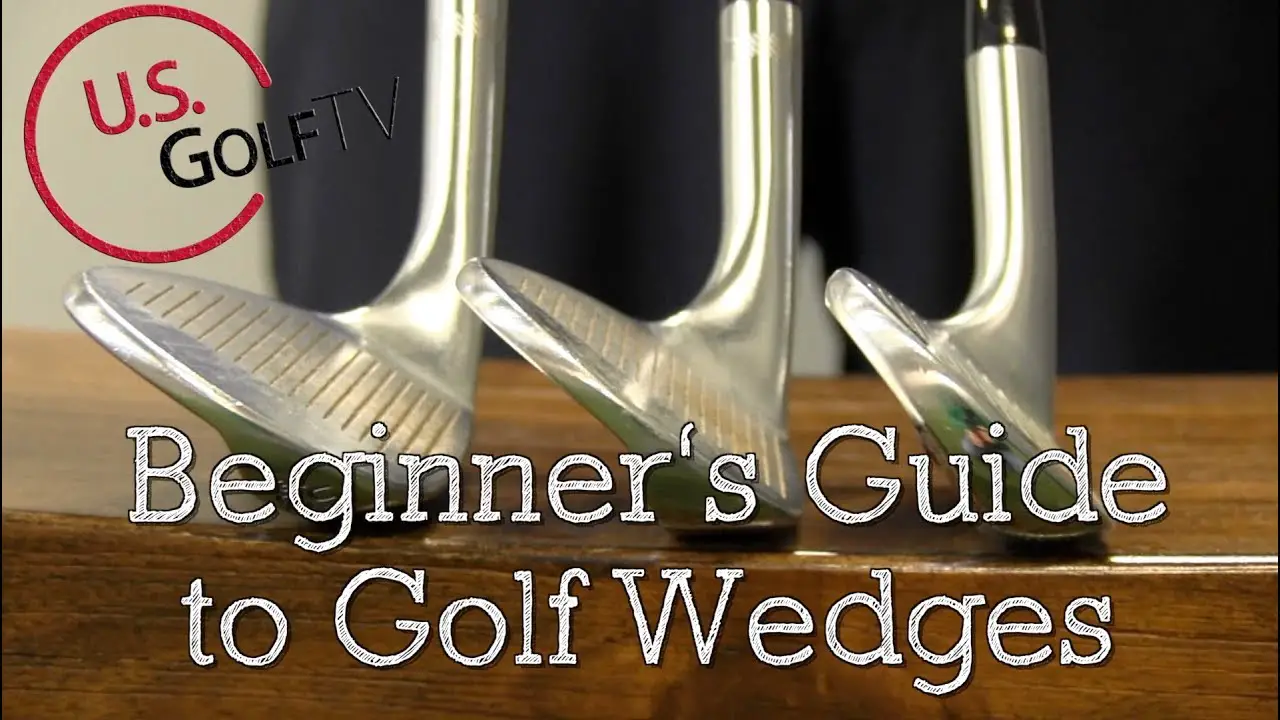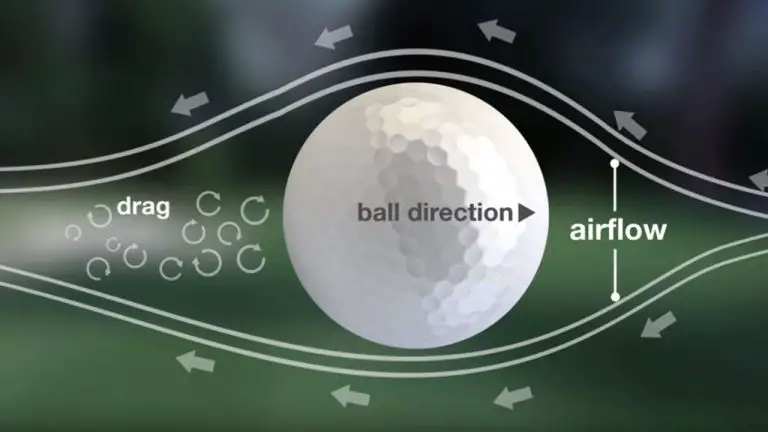Pitching Wedge Vs Sand Wedge

In the game of golf, having the right tools can make all the difference in your performance on the course. When it comes to wedge selection, two clubs that often come into play are the pitching wedge and the sand wedge. These clubs are specifically designed for different shot scenarios, and understanding their differences is essential for improving your short game.
In this comprehensive guide, we will explore the distinctions between the pitching wedge and sand wedge, examining their attributes, purposes, and ideal usage on the golf course. Whether you’re a beginner looking to understand the basics or an experienced golfer seeking to refine your wedge selection, this article will provide you with valuable insights to help you make informed decisions and elevate your game.
Both the pitching wedge and sand wedge have specific roles to play in your arsenal of clubs. The pitching wedge is known for its versatility and control, offering reliable performance for a range of shot types. On the other hand, the sand wedge is designed to excel in challenging situations, particularly when faced with bunkers and shots requiring a high trajectory.
By comparing their attributes, discussing shot selection, examining playing conditions, and considering club design, we will delve into the nuances of these two wedges. Through a comprehensive understanding of the pitching wedge and sand wedge, you’ll be equipped to make confident club selections and execute shots with precision and finesse.
So, let’s embark on this exploration of the pitching wedge and sand wedge, uncovering the strengths and optimal usage of each club to help you achieve greater success on the golf course.

The Pitching Wedge: Versatility and Control
The pitching wedge is a versatile club that offers precision and control in a variety of shot scenarios. Let’s explore its key attributes:
Loft
The pitching wedge typically has a loft between 44 and 48 degrees, making it an excellent choice for medium-range shots. The loft of the pitching wedge allows you to generate a controlled trajectory and achieve consistent distances.
Distance
With the pitching wedge, you can expect to achieve distances ranging from 100 to 130 yards, depending on your swing speed and technique. It is often used for approach shots, providing accuracy and control when targeting the green.
Shot Selection and Shot Making
The pitching wedge offers a wide range of shot options and is ideal for full shots, pitch shots, and approach shots. Its versatility allows you to control the trajectory and spin of the ball, making it an indispensable club for a variety of scenarios on the course.
In the next section, we’ll explore the sand wedge and its specialized role in bunker shots and high-flop shots.
The Sand Wedge: Mastering Bunker Shots and Flops
The sand wedge is designed to excel in specific shot situations, particularly when faced with bunkers and shots requiring a high trajectory. Let’s examine its main attributes:
Loft
The sand wedge has a higher loft than the pitching wedge, typically ranging from 54 to 58 degrees. The additional loft helps in getting the ball out of sand traps by allowing for a steeper angle of attack.
Bounce
Bounce refers to the angle between the leading edge and the sole of the club. Sand wedges have a higher bounce to prevent the club from digging too deeply into the sand. The bounce helps the club glide through the sand and prevents it from getting stuck.
Shot Selection and Shot Making
The sand wedge is specifically designed for bunker shots and high-flop shots. Its wide sole and higher bounce allow you to get under the ball in the sand and produce the desired trajectory for those challenging shots.
In the following section, we’ll discuss the different playing conditions and course considerations for each wedge.
Playing Conditions and Course Considerations
Understanding the playing conditions and course factors that influence wedge selection is crucial. Let’s examine how the pitching wedge and sand wedge perform in various scenarios:
Pitching Wedge
The pitching wedge is suitable for a wide range of lies, including fairways, rough, and moderate lies. Its versatility makes it an excellent choice for navigating different turf conditions and achieving consistent results.
Sand Wedge
The sand wedge shines in challenging conditions such as bunkers and soft sand. Its design and higher loft allow for effective shots from these difficult lies. Additionally, the sand wedge can be beneficial in addressing challenging lies and deep rough, where the higher bounce helps prevent the club from digging into the ground.
In the next section, we’ll explore the design and technology aspects of both wedges.
Club Design and Technology
Understanding the design elements and technology incorporated in the pitching wedge and sand wedge can provide valuable insights into their performance.
Pitching Wedge
The pitching wedge often features a cavity back design, which redistributes weight to the perimeter of the clubhead. This design enhances forgiveness and stability, allowing for more accurate and consistent shots. Additionally, the materials used in the construction of the pitching wedge, such as stainless steel or forged carbon steel, contribute to its feel and playability.
Sand Wedge
The sand wedge is characterized by a wide sole and a higher bounce angle. The wide sole prevents the club from digging too deeply into the sand, while the bounce angle helps the club glide through the sand smoothly. Additionally, modern sand wedges incorporate advanced groove technology to increase spin and control on shots, particularly from the sand.
In the next section, we’ll discuss personal preferences and skill level in relation to wedge selection.
Personal Preference and Skill Level
When choosing between the pitching wedge and sand wedge, personal preference and skill level play a significant role. Consider the following:
Pitching Wedge
The pitching wedge is suitable for golfers of all skill levels. Its versatility and forgiving nature make it a reliable choice for approach shots, pitch shots, and full swings. Whether you’re a beginner or an experienced player, the pitching wedge is an essential club in your bag.
Sand Wedge
The sand wedge requires a certain level of skill and experience to fully utilize its capabilities. It is most beneficial for golfers who frequently encounter bunkers and need specialized shots to escape. Practice and experimentation are key to mastering the sand wedge’s high-flop shots and bunker shots.
In the concluding section, we’ll summarize the key differences between the pitching wedge and sand wedge and provide some final thoughts.
Conclusion
In summary, the pitching wedge and sand wedge serve different purposes on the golf course. The pitching wedge offers versatility, control, and accuracy, making it an indispensable club for various shot scenarios. On the other hand, the sand wedge specializes in bunker shots and high-flop shots, with its higher loft and bounce angle aiding in escaping challenging lies.
When selecting between the two wedges, consider your playing style, the course conditions you frequently encounter, and your skill level. It’s essential to have both wedges in your bag, as they complement each other and provide solutions for different situations.
Take the time to practice and become comfortable with both the pitching wedge and sand wedge. Experiment with different shots and techniques to fully exploit the capabilities of each club. By understanding the differences and leveraging their strengths, you’ll enhance your game and be prepared to tackle any situation that arises on the course.
Remember, the key to success lies in practice, experience, and developing a confident short game with the right selection of wedges. So, go out there, embrace the challenge, and enjoy the journey of mastering these versatile clubs.




